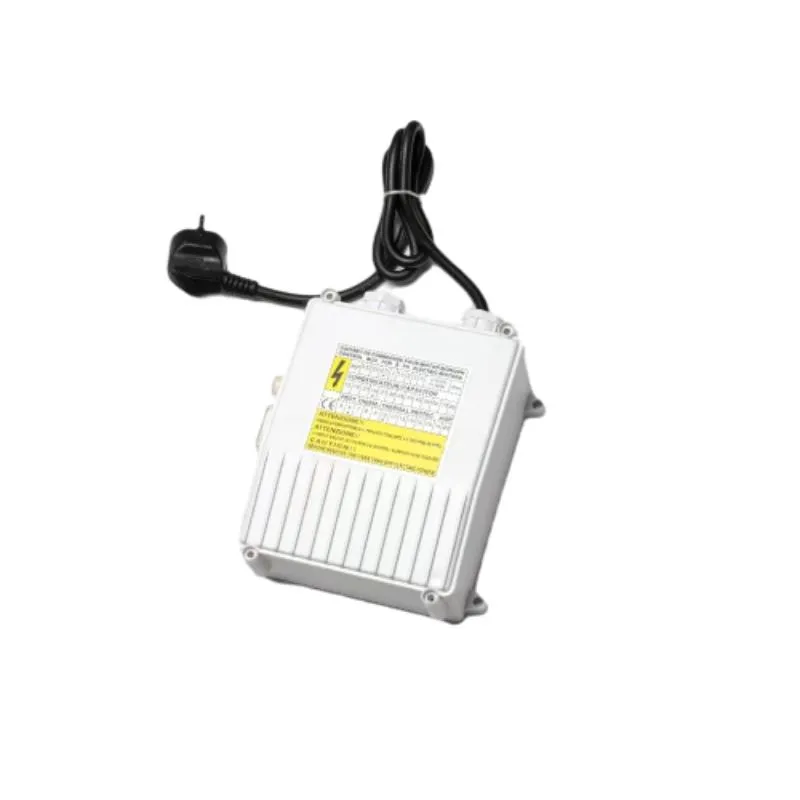Understanding Factory Floor Tape A Comprehensive Overview
In the dynamic environment of a factory floor, organization, safety, and efficiency are critical to maintaining productivity. One often overlooked yet essential tool that aids in achieving these goals is factory floor tape. This specialized tape is not merely a colorful tool; it encompasses various functions that enhance workflow and safety protocols across manufacturing and industrial settings.
What is Factory Floor Tape?
Factory floor tape is a type of durable tape that is specifically designed to withstand the rigorous conditions of a factory environment. Available in a variety of materials such as vinyl, PVC, and rubber, it is often resistant to chemicals, abrasions, and even extreme temperatures. Unlike regular adhesive tape, factory floor tape is engineered for high-traffic areas, ensuring that it can endure the constant wear and tear typical of a bustling factory.
Applications of Factory Floor Tape
One of the primary uses of factory floor tape is to delineate spaces. It helps in marking pathways, walkways, and specific areas for equipment storage, which is crucial for efficiency and safety. Brightly colored tape can indicate hazardous zones, clearly guiding personnel and preventing accidents. Additionally, taping off pedestrian routes and vehicular paths enhances safety by reducing the potential for collisions.
Another significant application of factory floor tape is in labeling. It can be used to create clear, visible labels for machinery, tools, and hazardous materials, ensuring that factory workers are aware of their surroundings. This labeling is essential for training purposes and can significantly reduce the time taken to locate equipment or understand the layout of the factory floor.
Enhancing Safety with Floor Markings
factory floor tape

Safety is a paramount concern in any factory environment. Factory floor tape plays a crucial role in adhering to safety regulations and protocols. For instance, OSHA (Occupational Safety and Health Administration) mandates specific guidelines for marking hazardous areas using particular colors. Factory floor tape can be used to meet these regulations, allowing for compliance while maintaining a visually organized space.
Using floor tape to mark where safety equipment such as fire extinguishers and emergency exits are located can also save valuable time in emergencies. Clear markings mean quicker actions, ultimately protecting lives.
Installation and Maintenance
Installing factory floor tape is straightforward and can often be accomplished without professional assistance. The surface should be clean and dry to ensure proper adhesion. Users should follow guidelines regarding width and color coding based on specific needs and safety standards.
As for maintenance, regular inspection of the tape should be conducted to ensure it is intact and visible. If wear and tear are evident, timely replacement is crucial to maintain safety and organization.
Conclusion A Small Tool with Big Impact
Factory floor tape is a small but significant tool that can profoundly impact a factory’s efficiency and worker safety. By marking pathways, labeling equipment, and ensuring compliance with safety regulations, it facilitates a more organized and secure working environment. As industries look to improve their operations and safeguard their employees, integrating factory floor tape into their workflows is a practical and effective step. Whether a small workshop or a large manufacturing plant, the benefits of investing in high-quality factory floor tape cannot be overstated. Thus, it remains an indispensable asset in creating a safe and efficient factory floor.
-
XIANGFAN Rubber Tape-Ultimate Solutions for All Your Insulation NeedsNewsJun.24,2025
-
XIANGFAN Rubber Tape-Protection for Industrial and Residential ApplicationsNewsJun.24,2025
-
XIANGFAN Rubber Tape: Superior Safety and Sealing for Demanding EnvironmentsNewsJun.24,2025
-
XIANGFAN Rubber Tape: Reliable Solutions for Every Electrical ChallengeNewsJun.24,2025
-
XIANGFAN Electrical & Industrial Tape: Powering Reliability Across IndustriesNewsJun.24,2025
-
XIANGFAN Electrical & Industrial Tape: Excellence in Every ApplicationNewsJun.24,2025
